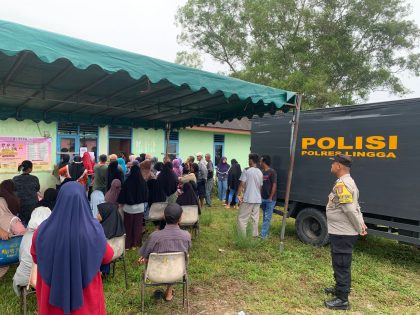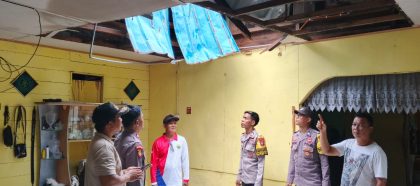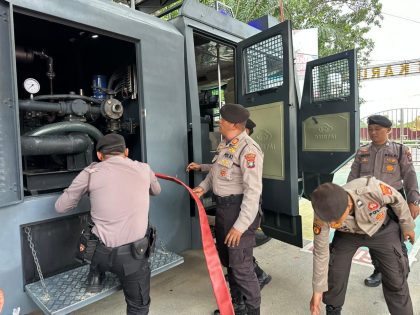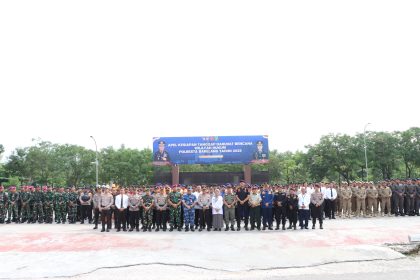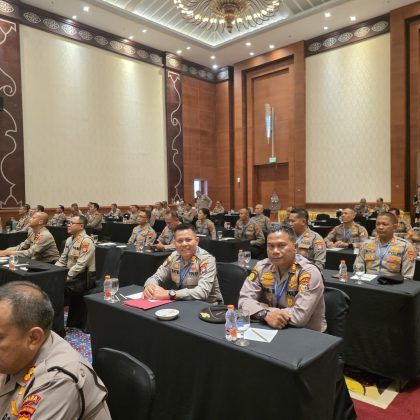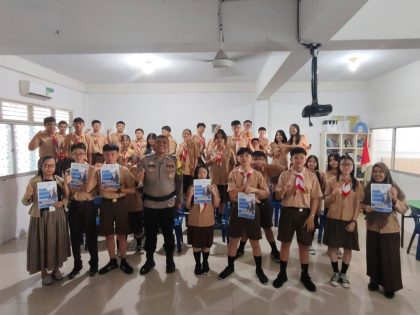Building upon the foundational understanding of how Mexican influences have shaped Southwest architecture, it becomes essential to delve deeper into the specific details that embody this rich cultural fusion. These architectural elements are not merely aesthetic choices but are laden with historical, cultural, and environmental significance, acting as tangible symbols of cross-cultural exchange and adaptation. To appreciate the nuanced layers of this fusion, we examine the iconic details and decorative motifs that define Southwest style, their origins, and their ongoing evolution in contemporary design.
1. Iconic Architectural Details as Symbols of Cultural Exchange
a. Stucco Finishes and Their Mexican Origins
One of the most recognizable features of Southwest architecture is the use of stucco on exterior walls. Originally derived from Spanish colonial building techniques, stucco was adapted by indigenous communities to suit local climate conditions. Its durable, weather-resistant surface not only protects buildings from harsh sun and monsoon rains but also provides a blank canvas for vibrant colors and decorative finishes. This fusion of Spanish and indigenous methods exemplifies practical adaptation intertwined with cultural expression, making stucco a hallmark of regional identity.
b. Talavera Tiles: Aesthetic and Functional Significance
Talavera tiles, originating from Puebla, Mexico, are celebrated for their intricate patterns and vibrant glazes. These ceramic tiles serve both aesthetic and functional purposes—brightening interior and exterior spaces while providing durable surfaces. Their geometric and floral motifs often incorporate traditional Mexican symbols, serving as visual storytelling devices. The widespread use of Talavera in Southwest architecture underscores a tradition of decorative arts that blend artistry with cultural storytelling, reinforcing regional identity.
c. Adobe Construction: Environmental Adaptation and Cultural Symbolism
Adobe bricks, crafted from sun-dried clay and straw, have been a staple in Southwest architecture for centuries. Their thermal mass helps regulate indoor temperatures, making structures cooler in summer and warmer in winter—a vital adaptation to the arid climate. Beyond practicality, adobe embodies cultural symbolism, representing indigenous building traditions that predate European contact. This material’s enduring presence signifies a deep-rooted connection to land, environment, and cultural heritage.
2. Artistic Elements and Decorative Motifs
a. Use of Mexican Folk Art Motifs in Architectural Ornamentation
Architectural ornamentation often incorporates motifs inspired by Mexican folk art, such as floral patterns, geometric designs, and symbolic icons. These motifs are integrated into window grilles, door surrounds, and wall carvings, creating a visual dialogue between functional architecture and cultural storytelling. For example, the “Milagros” symbols—tiny religious charms—are sometimes embedded into decorative ironwork, echoing spiritual beliefs and traditional artistry.
b. Color Palettes Inspired by Mexican Traditions
Vibrant color schemes—such as terracotta reds, deep blues, mustard yellows, and lush greens—are hallmarks of Mexican art and design, and their influence permeates Southwest architecture. These colors are not only visually striking but also carry cultural symbolism; for instance, red often signifies life and vitality, while blue can symbolize spirituality. The careful choice and application of these palettes deepen the cultural resonance of regional structures.
c. Integration of Mural Art and Storytelling in Architectural Facades
Murals are a powerful medium for cultural expression, with many Southwest buildings featuring murals that depict local legends, historical events, and indigenous stories. These visual narratives serve as communal memory and cultural affirmation, often blending Mexican muralist traditions with indigenous storytelling techniques. Such artistic elements elevate architecture from mere shelter to a canvas of cultural identity.
3. The Role of Religious and Community Spaces in Cultural Integration
a. Mission-Style Churches and Their Mexican Influences
Mission-style architecture, characterized by bell towers, arched corridors, and stucco finishes, draws heavily from Mexican colonial church designs. These religious spaces serve as focal points for community life and cultural continuity, often decorated with Mexican-inspired tilework and iconography. Their design reflects a blend of spiritual function and cultural identity, fostering a sense of shared heritage among diverse populations.
b. Public Plazas and Their Architectural Features as Cultural Hubs
Public plazas in Southwest towns often feature colonnades, fountains, and bandstands reminiscent of Mexican town squares. These spaces function as social and cultural hubs, hosting festivals, markets, and community gatherings. The architectural design encourages social cohesion and celebrates cultural diversity, serving as physical manifestations of regional identity rooted in Mexican traditions.
c. How Religious Architecture Fostered Cultural Identity and Fusion
Religious structures, especially mission churches, played a pivotal role in integrating indigenous practices with Catholic traditions. This blending is evident in artistic motifs, altar designs, and iconography, which often incorporate pre-Hispanic symbols alongside Christian imagery. Such hybrid elements reflect a broader cultural fusion, anchoring community identity within a shared spiritual framework.
4. The Evolution of Southwest Architectural Fusion in Modern Design
a. Contemporary Reinterpretations of Traditional Details
Modern Southwest architects often reinterpret traditional elements like stucco finishes, Talavera tiles, and adobe with contemporary materials and minimalist aesthetics. This evolution allows for cultural continuity while embracing modern construction techniques and sustainability practices. Such reinterpretations ensure that traditional motifs remain relevant and functional in current design contexts.
b. Preservation vs. Innovation: Balancing Cultural Authenticity
The tension between preserving authentic Mexican-inspired details and innovating for modern needs is ongoing. Preservationists emphasize maintaining original techniques and motifs, while designers explore new expressions of cultural identity through innovative materials and forms. Achieving a balance fosters a dynamic architectural landscape that respects tradition yet adapts to contemporary lifestyles.
c. The Influence of Mexican Architectural Motifs in Modern Southwest Homes
Today’s Southwest homes frequently feature elements like colorful tile accents, arched doorways, and stucco exteriors inspired by Mexican architecture. These features serve both aesthetic and cultural purposes, fostering a sense of regional pride and identity. As homeowners increasingly seek authentic regional styles, the influence of Mexican motifs continues to grow, reinforcing the cultural narrative of the Southwest.
5. Non-Obvious Cultural Layers in Southwest Architecture
a. The Influence of Spanish Colonial Architecture Beyond Mexican Borders
While Mexican influence is predominant, Spanish colonial architecture from other regions also contributed to the regional style. Elements such as courtyards, thick walls, and ornamental ironwork can be traced to broader colonial Spanish traditions, highlighting a layered cultural history that extends beyond Mexico itself.
b. Cross-Cultural Exchanges with Other Indigenous and Immigrant Groups
The Southwest is a melting pot of cultures, and architecture reflects this diversity. For instance, Native American motifs and techniques—such as kiva-inspired shapes and Pueblo-style forms—intertwine with Mexican elements. Additionally, immigrant communities from Asia and Europe have introduced new decorative motifs and construction styles, enriching the regional architectural tapestry.
c. Symbolic Meanings Behind Architectural Details and Their Cultural Narratives
Many architectural details carry symbolic meanings—colors symbolize spiritual concepts, motifs represent protective symbols, and structural forms can embody cultural stories. For example, the use of certain geometric patterns in tilework can reflect indigenous cosmologies, creating a layered narrative embedded in the very fabric of Southwest architecture.
6. From Details to Identity: How Architectural Fusion Shapes Regional Culture
a. The Role of Architectural Details in Regional Identity Formation
The cumulative effect of these details fosters a distinct regional identity. They serve as visual markers that distinguish Southwest architecture from other styles, reinforcing a collective sense of belonging and cultural continuity. This identity is often celebrated through regional festivals, preservation efforts, and educational initiatives focused on architectural heritage.
b. Cultural Pride and Tourism Driven by Architectural Authenticity
Authentic architectural details attract tourism, fueling local economies and fostering cultural pride. Visitors seek the unique aesthetic and historical stories embedded in Southwest structures, which serve as tangible connections to the region’s multicultural past. This tourism also incentivizes preservation and adaptive reuse of traditional elements.
c. The Ongoing Dialogue Between Tradition and Modernity in Southwest Architecture
Contemporary designers continuously negotiate the tension between respecting tradition and embracing innovation. This dialogue ensures that Southwest architecture remains vibrant and relevant, with new projects often referencing historic details while incorporating sustainable and modern materials.
7. Bridging Back to Mexican Architectural Influence
a. How Contemporary Southwest Architecture Continues to Reflect Mexican Roots
Modern Southwest homes and public buildings often incorporate Mexican-inspired elements such as colorful tile accents, curved archways, and textured stucco walls. These features serve as a visual homage to cultural origins, fostering a sense of authenticity and regional pride. The persistence of these motifs across generations underscores the enduring influence of Mexican architecture in shaping regional identity.
b. The Enduring Cultural Significance of Mexican Architectural Details
Beyond aesthetics, these details carry symbolic meanings—embodying cultural values, spiritual beliefs, and historical narratives. Their continued use reinforces a sense of shared heritage and resilience among Southwest communities, ensuring that the cultural fusion remains vital and meaningful.
c. Future Trends: Sustaining the Cultural Fusion Through Innovative Design
Looking forward, architects and designers aim to innovate within the framework of traditional motifs, utilizing new technologies and sustainable practices. This ongoing evolution ensures that Southwest architecture remains a living testament to its multicultural roots, adapting to modern needs while honoring its rich heritage. For a comprehensive understanding of this ongoing influence, visit The Influence of Mexican Architecture on Southwest Style.

